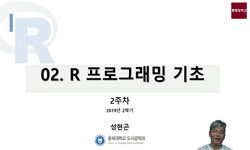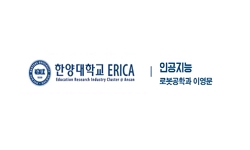This study examines the intricate interplay between learners’ individual factors (self-regulated learning) and environmental factors (teaching presence) through the framework of Bandura’s reciprocal determinism. The study participants comprised a ...
http://chineseinput.net/에서 pinyin(병음)방식으로 중국어를 변환할 수 있습니다.
변환된 중국어를 복사하여 사용하시면 됩니다.
- 中文 을 입력하시려면 zhongwen을 입력하시고 space를누르시면됩니다.
- 北京 을 입력하시려면 beijing을 입력하시고 space를 누르시면 됩니다.

실시간 온라인 학습에서의 유형화 연구 :학습자와 환경 요인에 대한 상호작용을 중심으로 = Classification on synchronous online learning: Focusing on the interaction between learners and environmental factors
한글로보기https://www.riss.kr/link?id=A109488132
- 저자
- 발행기관
- 학술지명
- 권호사항
-
발행연도
2024
-
작성언어
Korean
- 주제어
-
등재정보
KCI등재
-
자료형태
학술저널
-
수록면
127-148(22쪽)
- DOI식별코드
- 제공처
-
0
상세조회 -
0
다운로드
부가정보
다국어 초록 (Multilingual Abstract)
This study examines the intricate interplay between learners’ individual factors (self-regulated learning) and environmental factors (teaching presence) through the framework of Bandura’s reciprocal determinism. The study participants comprised a convenience sample of 351 undergraduate and graduate students from a metropolitan four-year university. The data were analyzed using SPSS, and the results were obtained at a .05 level of significance. First, three types of learner characteristics were identified through the K-means analysis (Learner & Instructor-led, Learner-led, and Learner-enhancement-needed). Second, the characteristics of each cluster were examined. No significant differences were observed in demographic characteristics (gender, grade level, or primary online learning platform) across clusters. However, significant differences were observed between the clusters regarding the level of learning activity and learning outcomes (flow, perceived achievement, and learning satisfaction). Cluster 1, “Learner & Instructor-led” exhibited relatively elevated levels of both learning activities and learning outcomes. Based on the findings of this study, which considers the intricate interaction between individuals and their environment, we propose the characteristics of learning styles and educational support in synchronous online learning.
동일학술지(권/호) 다른 논문
-
- 인하대학교 교육연구소
- 황은경
- 2024
- KCI등재
-
연구 설계는 가치 개입의 영역인가: 가치 개입에 관한 사회·문화 교과서 내용 분석을 중심으로
- 인하대학교 교육연구소
- 박선웅
- 2024
- KCI등재
-
의과대학 교육 프로그램 평가 척도 개발 및 타당화 연구
- 인하대학교 교육연구소
- 양현경
- 2024
- KCI등재
-
- 인하대학교 교육연구소
- 심우정
- 2024
- KCI등재




 KCI
KCI KISS
KISS



